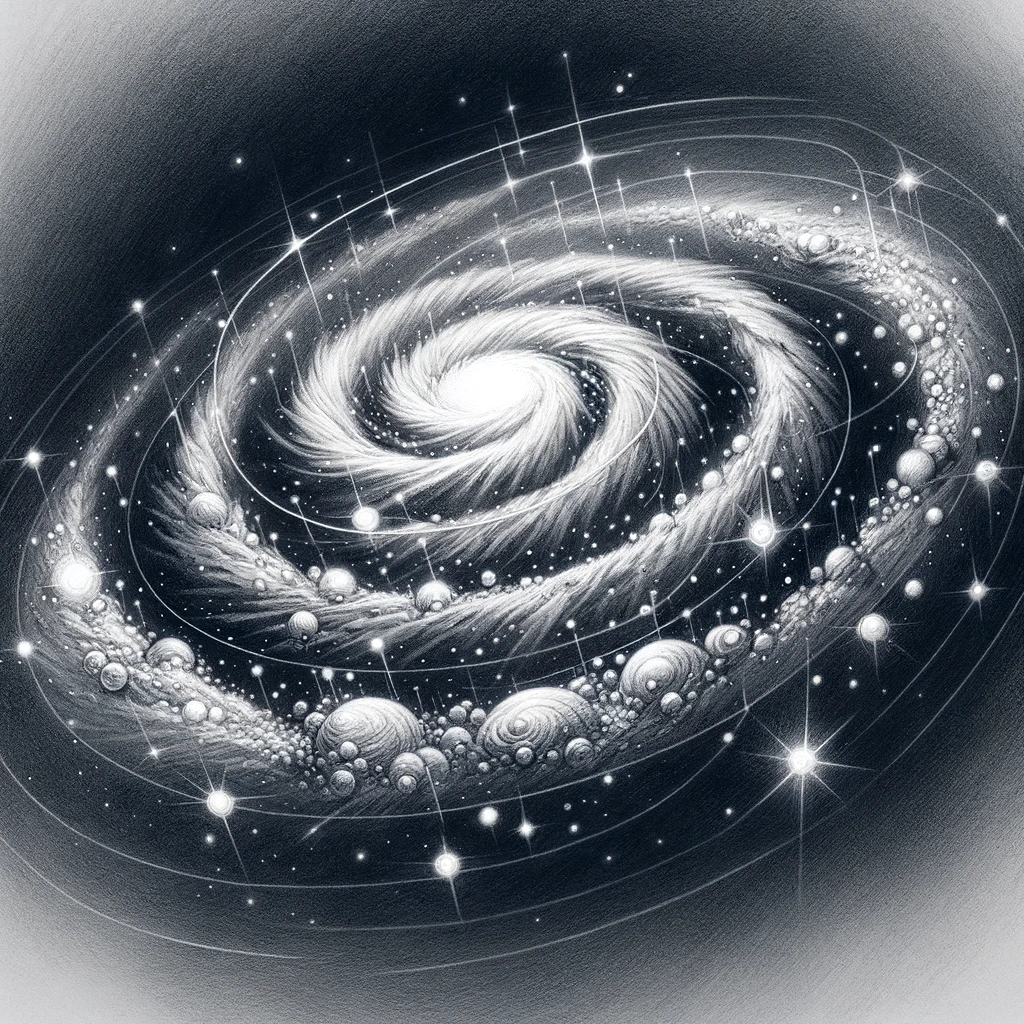This is the third part in the Reality# series that adds to the conversation about David Chalmers’ book Reality+
(…) for dust thou art, and unto dust shalt thou return.
(Genesis 3:19)
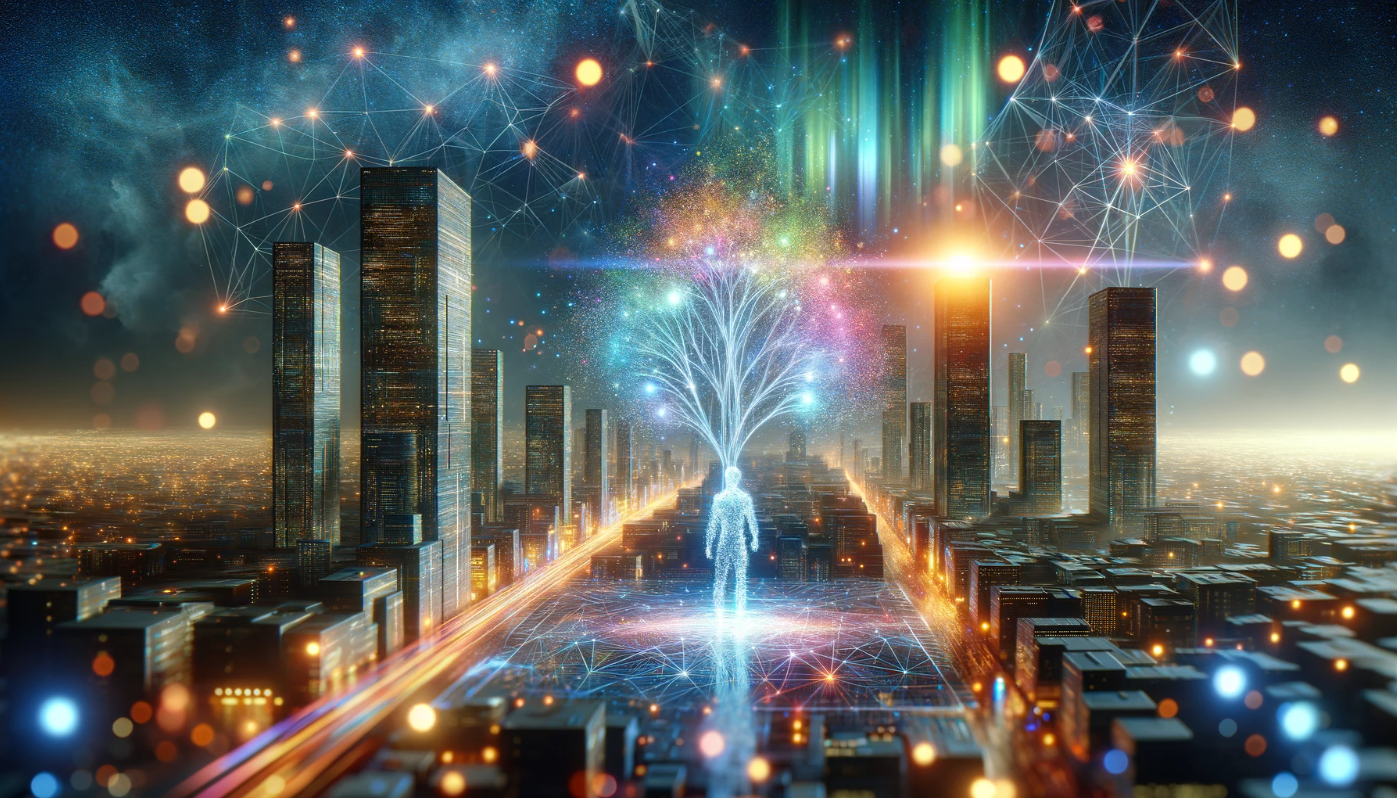
Permutation +
Imagine waking up and discovering that your consciousness has been digitized, allowing you to live forever in a virtual world that defies the laws of physics and time. This is the core idea from Permutation City by Greg Egan. The novel explores the philosophical and ethical implications of artificial life and consciousness, thrusting the reader into a future where the line between the real and the virtual blurs, challenging our understanding of existence and identity.
A pivotal aspect of the book is the Dust Theory, which suggests that consciousness can arise from any random collection of data, given the correct interpretation. This theory expands the book’s exploration of reality, suggesting that our understanding of existence might be far more flexible and subjective than we realize.
The novel’s climax involves the creation of Permutation City, a virtual world that operates under its own set of rules, independent of the outside world. This creation represents the ultimate escape from reality, offering immortality and infinite possibilities for those who choose to live as Copies. However, it also presents ethical dilemmas about the value of such an existence and the consequences of abandoning the physical world.
In “Reality+: Virtual Worlds and the Problems of Philosophy,” philosopher David Chalmers employs the Dust Theory, a concept originally popularized by Greg Egan’s Permutation City, to underpin his argument for virtual realism. Chalmers’s use of the Dust Theory serves as a bridge connecting complex philosophical inquiries about consciousness, reality, and virtual existence. Imagine a scenario where every speck of dust in the universe, through its random arrangement, holds the potential to mirror our consciousness and reality.
Chalmers posits that virtual worlds created by computers are genuine realities, leveraging the Dust Theory to argue that consciousness does not require a physical substrate in the traditional sense. Instead, it suggests that patterns of information, irrespective of their physical form, can give rise to conscious experiences. This theory becomes a cornerstone for virtual realism, asserting that our experiences in virtual environments are as authentic as those in the physical world.
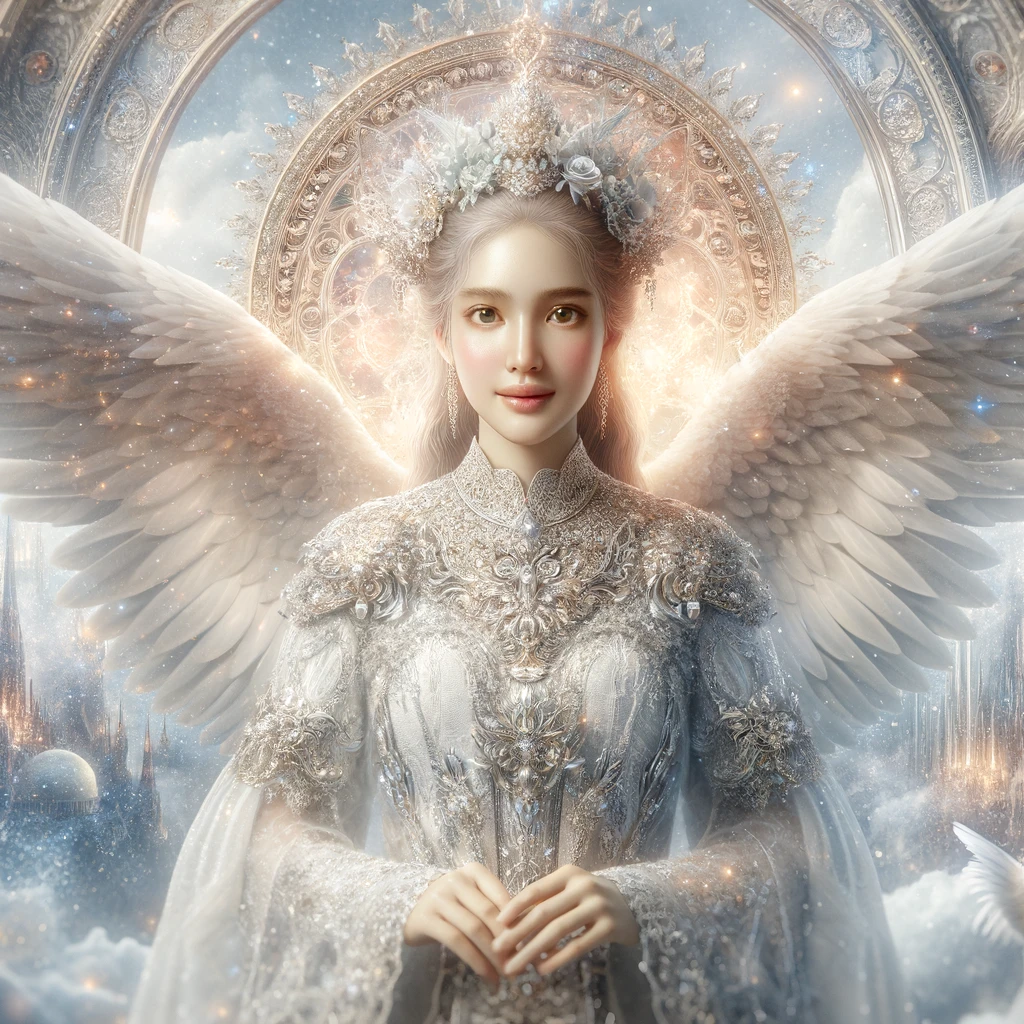
Diffusion Models and Smart Dust
The concept of smart dust is explored in various science fiction stories, academic papers, and speculative technology discussions. One notable science fiction story that delves into the idea of smart dust is “The Diamond Age” by Neal Stephenson. While not exclusively centered around smart dust, the novel features advanced nanotechnology in a future world, where nanoscale machines and devices permeate society. Smart dust, in this context, would be a subset of the nanotechnological wonders depicted in the book, functioning as tiny, networked sensors and computers that can interact with the physical and digital world in complex ways.
Another relevant work is “Queen of Angels” by Greg Bear, which, along with its sequels, explores advanced technologies including nanotechnology and their societal impacts. Although not explicitly called “smart dust,” the technologies in Bear’s universe can be seen as precursors or analogs to the smart dust concept, focusing on These examples illustrate how smart dust, as a concept, crosses the boundary between imaginative fiction and emerging technology, offering a rich field for exploration both in narrative and practical innovation.
We have here a very convincing example how Life imitates Art, Scientific Knowledge transforms religious (prescientific) intuition into operational technology.
Diffusion models in the context of AI, particularly in multimodal models like Sora or Stability AI’s video models, refer to a type of generative model that learns to create or predict data (such as images, text, or videos) by gradually refining random noise into structured output. These models start with a form of chaos (random noise) and apply learned patterns to produce coherent, detailed results through a process of iterative refinement.
Smart dust represents a future where sensing and computing are as pervasive and granular as dust particles in the air. Similarly, diffusion models represent a granular and ubiquitous approach to generating or transforming multimodal data, where complex outputs are built up from the most basic and chaotic inputs (random noise).
Just as smart dust particles collect data about their environment and iteratively refine their responses or actions based on continuous feedback, diffusion models iteratively refine their output from noise to a structured and coherent form based on learned patterns and data. Both processes involve a transformation from a less ordered state to a more ordered and meaningful one.
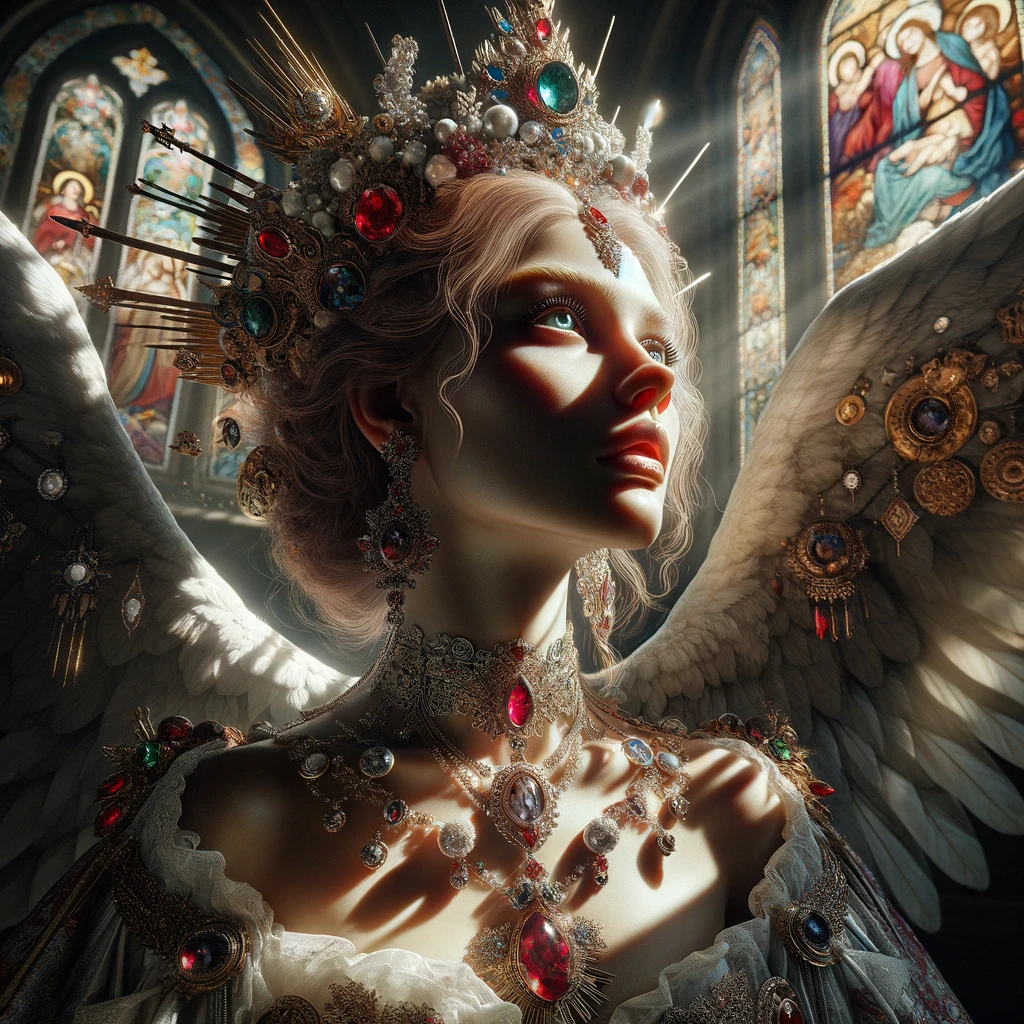
Quantum Level achieved
Expanding on the analogy between the quantum world and diffusion models in AI, we delve into the fascinating contrast between the inherent noise and apparent disorder at the quantum level and the emergent order and structure at the macroscopic level, paralleled by the denoising process in diffusion models.
At the quantum level, particles exist in states of superposition, where they can simultaneously occupy multiple states until measured. This fundamental characteristic introduces a level of uncertainty and noise, as the exact state of a quantum particle is indeterminate and probabilistic until observation collapses its state into a single outcome. The quantum realm is dominated by entropy, where systems tend toward disorder and uncertainty without external observation or interaction.
In contrast, at the macroscopic scale, the world appears ordered and deterministic. The chaotic and probabilistic nature of quantum mechanics gives way to the classical physics that governs our daily experiences. This emergent order, arising from the complex interactions of countless particles, follows predictable laws and patterns, allowing for the structured reality we observe and interact with.
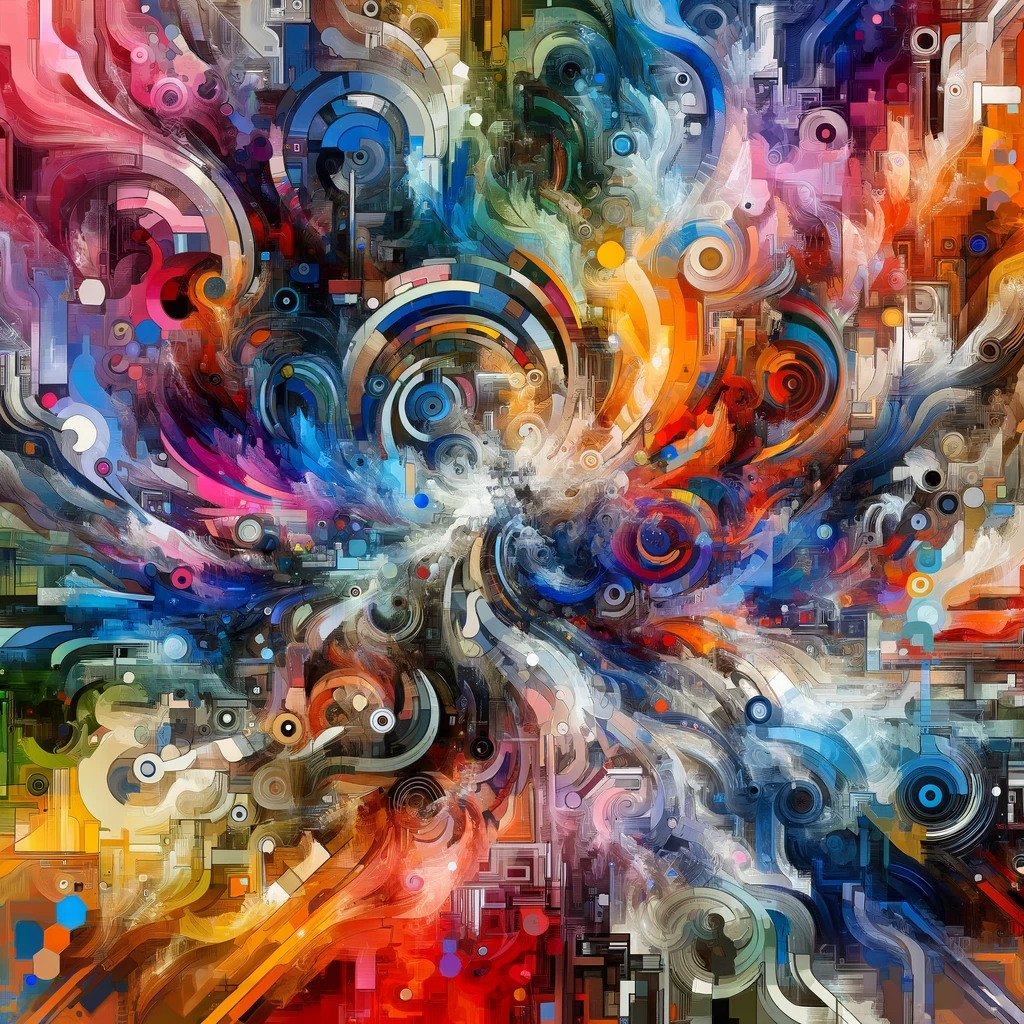
Diffusion models in AI start with a random noise distribution and, through a process of iterative refinement and denoising, gradually construct detailed and coherent outputs. Initially, the model’s output resembles the quantum level’s incoherence—chaotic and without discernible structure. Through successive layers of transformation, guided by learned patterns and data, the model reduces the entropy, organizing the noise into structured, meaningful content, much like the emergence of macroscopic order from quantum chaos.
Just as the transition from quantum mechanics to classical physics involves the emergence of order and predictability from underlying chaos and uncertainty, the diffusion model’s denoising process mirrors this transition by creating structured outputs from initial randomness.
In both the quantum-to-classical transition and diffusion models, the concept of entropy plays a central role. In physics, entropy measures the disorder or randomness of a system, with systems naturally evolving from low entropy (order) to high entropy (disorder) unless work is done to organize them. In diffusion models, the “work” is done by the model’s learned parameters, which guide the noisy, high-entropy input towards a low-entropy, organized output.
The quantum state’s superposition, where particles hold multiple potential states, parallels the initial stages of a diffusion model’s process, where the generated content could evolve into any of numerous outcomes. The act of measurement in quantum mechanics, which selects a single outcome from many possibilities, is analogous to the iterative refinement in diffusion models that selects and reinforces certain patterns over others, culminating in a specific, coherent output.
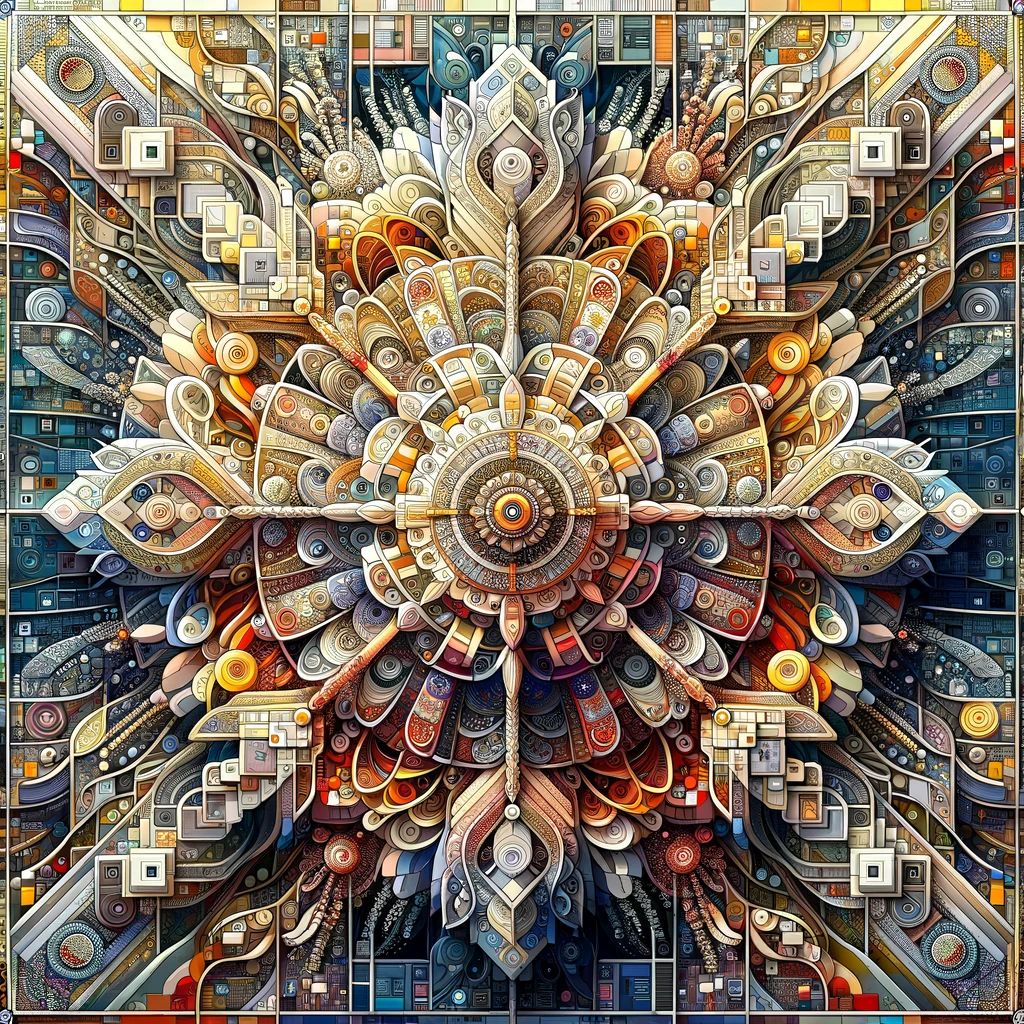
This analogy beautifully illustrates how principles of order, entropy, and emergence are central both to our understanding of the physical universe and to the cutting-edge technologies in artificial intelligence. It highlights the universality of these concepts across disparate domains, from the microscopic realm of quantum mechanics to the macroscopic world we inhabit, and further into the virtual realms created by multimodal Large Language Models.
For all we know, we might actually be part of such a smart dust simulation. The inexplicable fact that our digital tools can create solid realities out of randomly distributed bits seems a strong argument for the Simulation hypothesis.
It might be dust all the way down…
